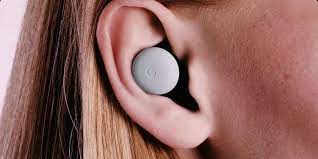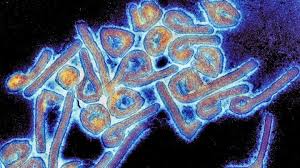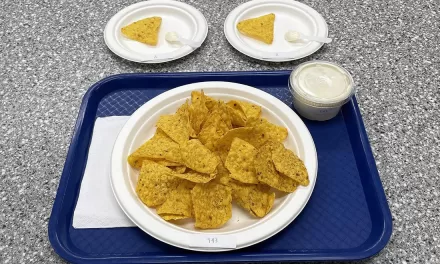In an exciting breakthrough, a new treatment has allowed 100% of children with peanut allergies to safely consume peanut butter, offering hope for millions of families. Unlike current FDA-approved treatments, which focus on preventing severe allergic reactions from accidental exposure, this method enabled all participants in the treatment group to safely eat the equivalent of three tablespoons of peanut butter.
A Game-Changing Solution for Peanut Allergies
The study, funded by the National Institutes of Health (NIH), reveals a simple and accessible treatment approach. Over 18 months, children with peanut allergies who could already tolerate at least half a peanut gradually increased their daily doses of store-bought, home-measured peanut butter. By the end of the study, all of these children could eat three tablespoons of peanut butter without any reaction.
This treatment could potentially benefit nearly half of the children with peanut allergies—those who can tolerate small amounts of peanut but previously had no treatment options. The study, published in NEJM Evidence, fills a significant gap in the allergy treatment field, particularly for those with high-threshold peanut allergies.
Breaking Barriers for High-Threshold Allergy Sufferers
Dr. Jeanne Marrazzo, director of the National Institute of Allergy and Infectious Diseases (NIAID), emphasized the importance of the study. “Children with high-threshold peanut allergies couldn’t participate in previous food allergy treatment trials, leaving them without opportunities to explore treatment options,” she said. “This simple, accessible form of therapy could be life-changing for many children and their families.”
Previously, FDA-approved treatments were designed for children with low-threshold peanut allergies, who cannot tolerate even the smallest amount of peanut. These treatments only help reduce the risk of reactions from accidental exposure, a strategy not suitable for the 800,000 U.S. children with high-threshold peanut allergies.
A Low-Cost, Convenient Treatment
The trial involved 73 children between the ages of 4 and 14 years. Participants were randomly assigned to either continue avoiding peanuts or begin the new treatment regimen. Those in the treatment group started with a minimum daily dose of 1/8 teaspoon of peanut butter, gradually increasing every eight weeks under medical supervision until they could safely eat 1 tablespoon of peanut butter.
Remarkably, none of the children in the treatment group required epinephrine to manage severe allergic reactions during at-home dosing. Only one child needed epinephrine during a supervised dosing visit.
Unprecedented Results
After completing the treatment regimen, all 32 children in the treatment group successfully tolerated 9 grams of peanut protein (the equivalent of 3 tablespoons of peanut butter) in an oral food challenge. In contrast, only three children in the avoidance group could tolerate the same amount.
Furthermore, 86.7% of children in the treatment group continued to tolerate 9 grams of peanut protein even after a break from peanut consumption, demonstrating the potential for sustained tolerance. Only 8.6% of children in the avoidance group developed natural tolerance.
A Glimmer of Hope for Other Allergies
This study’s success raises the possibility of applying similar treatments to other food allergies. Researchers are eager to explore whether this approach can help children with allergies to other foods.
While the results are promising, future follow-up is essential to determine the long-term effectiveness of this therapy for inducing lasting peanut tolerance.
Disclaimer: The results of this study are based on a clinical trial with specific inclusion criteria, and the treatment may not be suitable for all individuals. Consult with a healthcare professional before considering any new treatment approaches.












